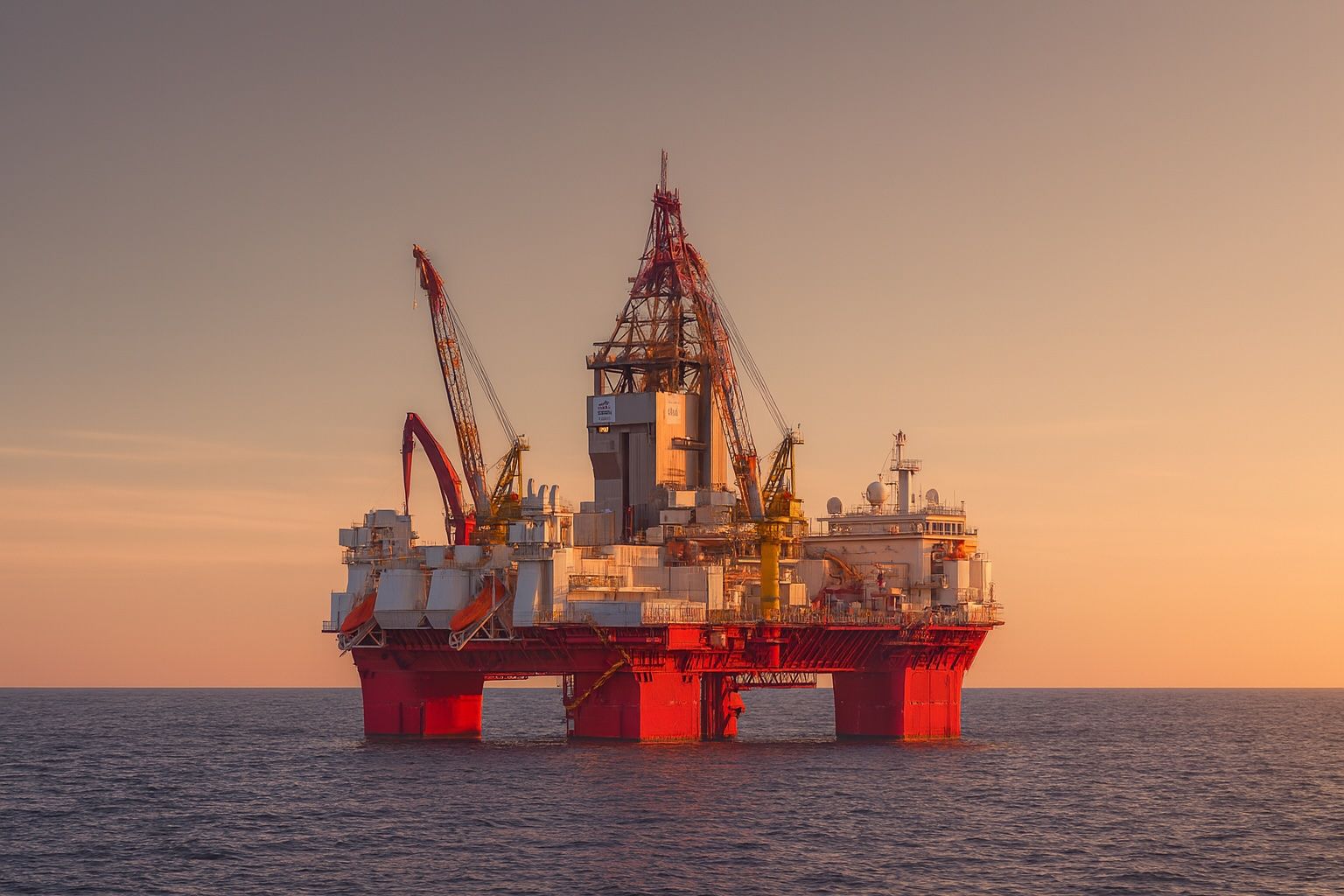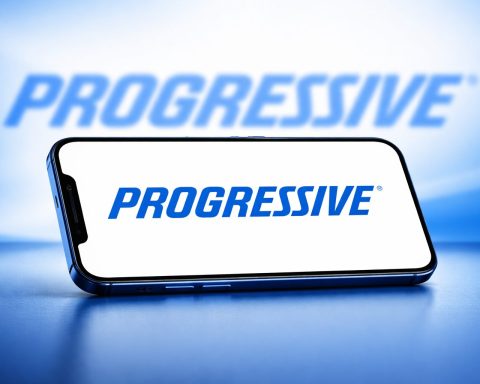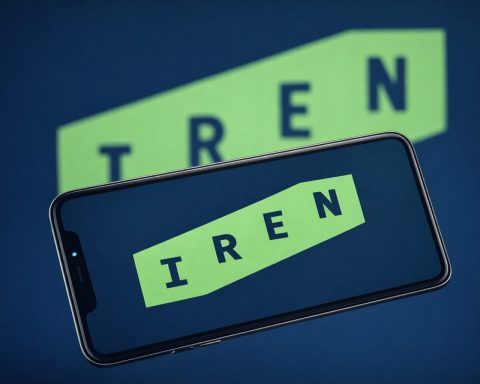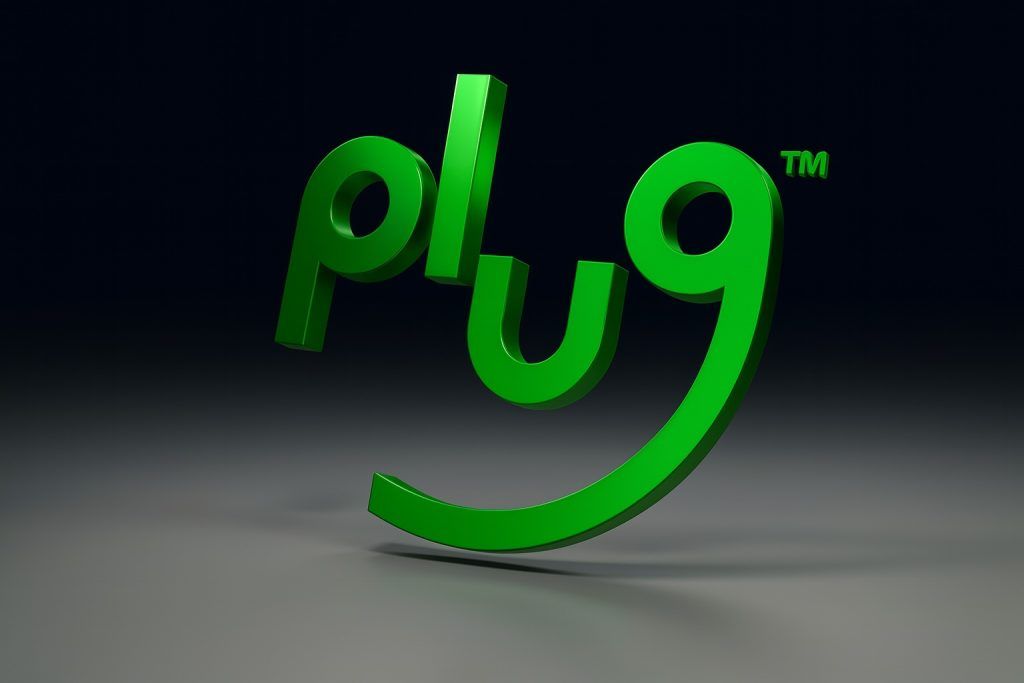Key facts (Sept. 25–26, 2025)
- What happened: On Sept. 25, Transocean (NYSE: RIG) priced an upsized public equity offering of 125,000,000 shares at $3.05 per share for expected gross proceeds of ~$381.25M. Underwriters also have a 30‑day option for 18,750,000 additional shares. Closing is expected today, Sept. 26, subject to customary conditions. [1]
- Use of proceeds: Management plans to use the funds primarily to repay or redeem debt, including a portion of $655M of 8.00% senior notes due Feb. 2027; any remainder goes to general corporate purposes. [2]
- Market reaction: Shares tumbled in premarket trading on Sept. 25 after the pricing, down ~13–17%; a Reuters brief cited -13.7% to $3.14 premarket. As of Sept. 26, RIG last traded around $3.16. [3]
- Dilution math: Reuters data lists ~943.1M shares outstanding before the deal. Issuing 125M adds ~13.3% to the float; ~15.2% if the underwriters’ option is fully exercised. (Author calculation using Reuters share count.) [4]
- Why now: Transocean ended Q2 with $7.2B backlog, stronger revenue and positive free cash generation, but continues to prioritize de‑leveraging. CEO Keelan Adamson said in August, “We also continue to improve our balance sheet and are on track to reduce our debt by over $700 million this year.” [5]
- Recent portfolio moves: In late August, Transocean moved to divest five stacked rigs; industry press this week reported four idle rigs sold for demolition, signaling ongoing fleet rationalization. [6]
What just happened—and why it mattered
Timeline (Sept. 24–26):
- Sept. 24 (after hours): Transocean announced it would sell 100M shares with a 30‑day option for 15M more. [7]
- Sept. 25 (before market): The company upsized and priced the deal at 125M shares and $3.05 per share, lifting expected gross proceeds to ~$381.25M and increasing the option to 18.75M shares. Closing is expected Sept. 26. [8]
- Market reaction (Sept. 25): RIG slid double‑digits premarket on dilution concerns as investors digested the discount to the prior close. [9]
Strategic aim: Management is steering fresh equity toward debt reduction, specifically highlighting the 8.00% notes due 2027. If all base proceeds went against those notes, annual interest expense could fall by ~$30.5M (and ~$35M with a fully exercised green‑shoe), before fees and taxes. The greenshoe option can also be used by underwriters for price stabilization in the aftermarket. [10]
Context from operations: Transocean’s Q2 2025 print showed $988M contract drilling revenue, 34.9% adjusted EBITDA margin, and $7.2B total backlog (July fleet status). Management emphasized balance‑sheet progress; as CEO Keelan Adamson put it: “on track to reduce our debt by over $700 million this year.” [11]
The numbers behind the dilution
- Base shares outstanding (pre‑deal): ~943.1M (Reuters).
- New shares (base offering):125.0M → ~13.3% increase in float.
- With green‑shoe (18.75M):143.75M total → ~15.2% potential increase.
- Gross proceeds:$381.25M base; $438.44M if the option is fully exercised (author calculation at $3.05). [12]
The trade‑off is classic: near‑term EPS dilution vs. lower leverage and interest burden. With offshore cycles long‑dated and backlog visibility improving, management is paying now (equity) to tighten the balance sheet ahead of new work. [13]
How the news fits the offshore drilling cycle
Backlog & dayrates: RIG’s July fleet update and industry coverage highlight healthy dayrates across floaters. In Q2, Transocean booked ~$199M in backlog additions including contracts off Norway (Spitsbergen at ~$395k/day), Australia (Equinox at ~$540k/day), and West Africa (Skyros). Aggregate backlog stood at ~$7.2B as of mid‑July. [14]
Capacity rationalization: With multiple stacked units slated for sale or recycling, Transocean continues to prune lower‑spec assets to concentrate capital on higher‑earning rigs. That discipline underpins the decision to term out debt and right‑size the fleet at the same time. [15]
Macro backdrop: U.S. rig counts have begun to inch higher again (three straight weekly increases into Sept. 19 per Baker Hughes/Reuters), a mild positive signal for oilfield activity and sentiment. [16]
Expert voices
- Transocean CEO Keelan Adamson (Aug. 4): “We also continue to improve our balance sheet and are on track to reduce our debt by over $700 million this year.” [17]
- Rystad Energy (Sept. 7 whitepaper): “Global LNG supply is surging, trade flows are shifting, and price volatility is back in play.” The broader energy supply picture continues to evolve, shaping offshore investment appetites. [18]
How RIG’s move compares to peers
- Borr Drilling (BORR): Also tapped equity this summer, raising $102.5M via a 50M‑share offering at $2.05 (settled in two tranches on July 7 and Aug. 7). Proceeds boosted liquidity amid steady contracting momentum—an approach similar in spirit to Transocean’s deleveraging focus. [19]
- Seadrill (SDRL): Took the opposite tack in 2024–2025, extending its share repurchase program after portfolio reshaping, signaling confidence in balance sheet and cash‑flow durability without issuing equity. [20]
- Noble (NE) / Diamond Offshore (DO): Pursued scale via M&A (Noble’s $1.6B stock‑plus‑cash purchase of Diamond in 2024, closing in 2025), reflecting a consolidation path rather than fresh equity raises—different capital allocation but the same end‑game: stronger fleets and higher utilization. [21]
- Valaris (VAL): Continued to stack backlog in 2025 with multi‑year drillship awards and extensions, demonstrating that contract visibility and pricing power still support the offshore thesis even as financing strategies differ across contractors. [22]
Takeaway: Across the group, you’re seeing three playbooks—(1) issue equity to accelerate deleveraging (Transocean, Borr), (2) return capital via buybacks (Seadrill), and (3) consolidate to scale (Noble/DO)—all aimed at maximizing cycle‑through‑cycle free cash flow as utilization and dayrates remain constructive. [23]
What to watch next
- Closing confirmation: Look for a Sept. 26 closing announcement and details on final net proceeds and any greenshoe exercise. [24]
- Debt actions: Which liabilities get retired? A meaningful paydown of the 8.00% 2027s would tangibly lower interest costs. [25]
- Fleet transactions: Follow‑through on stacked‑rig sales/recycling and any incremental impairments or gains. [26]
- Contract flow & dayrates: Additional backlog adds (especially for ultra‑deepwater floaters) and rate levels will determine how quickly dilution gets earned back. [27]
- Macro tone: Activity indicators (e.g., Baker Hughes rig count) and commodity price trends remain the “tide” that can lift (or lower) all boats. [28]
Bottom line
Sept. 25–26, 2025 was about balance‑sheet offense at Transocean. The equity raise hits near‑term shareholders with ~13–15% dilution, but it buys lower leverage and interest expense heading into a still‑constructive offshore cycle supported by firm dayrates and solid backlog. If management quickly converts proceeds into debt reduction and continues to add high‑margin work, the trade‑off can prove accretive over the cycle—even if the day‑one optics were painful.
Sources: Company press releases and IR site (deal terms, use of proceeds, closing timing, Q2 results & backlog); Reuters (market reaction, share count); industry media (fleet actions, dayrates); and peer announcements for comparisons. [29]
Source list & further reading
- Transocean press releases: Offering pricing (Sept. 25) and intention to offer (Sept. 24); Q2 2025 results (Aug. 4). [30]
- Reuters (via TradingView): Premarket price reaction and share‑count context. [31]
- Industry coverage:Dayrates/backlog detail (OE Digital); stacked‑rig divestments (Offshore Magazine; Upstream). [32]
- Peers: Borr Drilling equity raise (PR Newswire, Aug. 7 / July 3/July 7 tranches); Seadrill buyback extension; Noble–Diamond M&A (MarketWatch/Barron’s). [33]
- Macro: Baker Hughes rig count (Reuters, Sept. 19). [34]
Disclosure: This article is for information only and not investment advice.
References
1. www.deepwater.com, 2. www.deepwater.com, 3. www.tradingview.com, 4. www.tradingview.com, 5. www.deepwater.com, 6. www.offshore-mag.com, 7. www.globenewswire.com, 8. www.deepwater.com, 9. www.tradingview.com, 10. www.deepwater.com, 11. www.deepwater.com, 12. www.tradingview.com, 13. www.deepwater.com, 14. www.oedigital.com, 15. www.offshore-mag.com, 16. www.reuters.com, 17. www.deepwater.com, 18. www.rystadenergy.com, 19. www.prnewswire.com, 20. ir.seadrill.com, 21. www.barrons.com, 22. www.valaris.com, 23. www.prnewswire.com, 24. www.deepwater.com, 25. www.deepwater.com, 26. www.offshore-mag.com, 27. www.oedigital.com, 28. www.reuters.com, 29. www.deepwater.com, 30. www.deepwater.com, 31. www.tradingview.com, 32. www.oedigital.com, 33. www.prnewswire.com, 34. www.reuters.com







